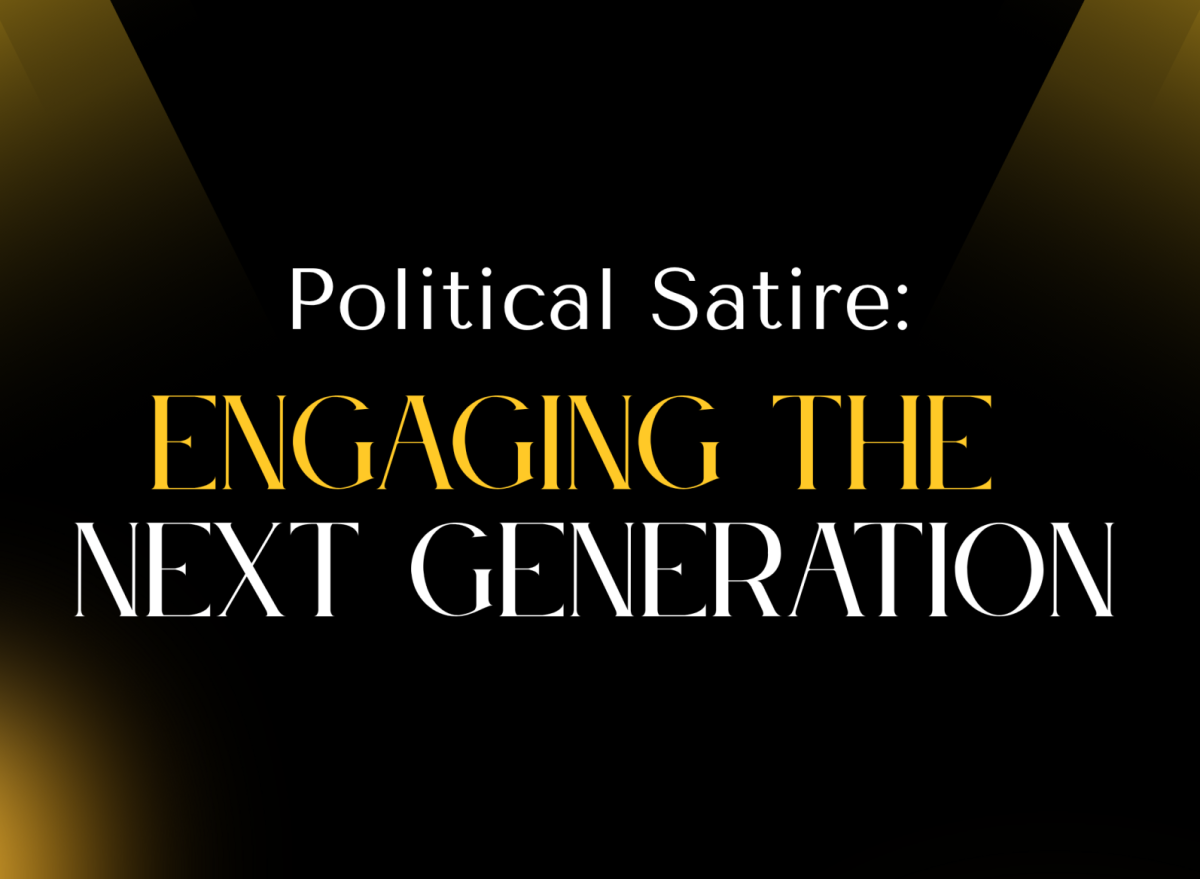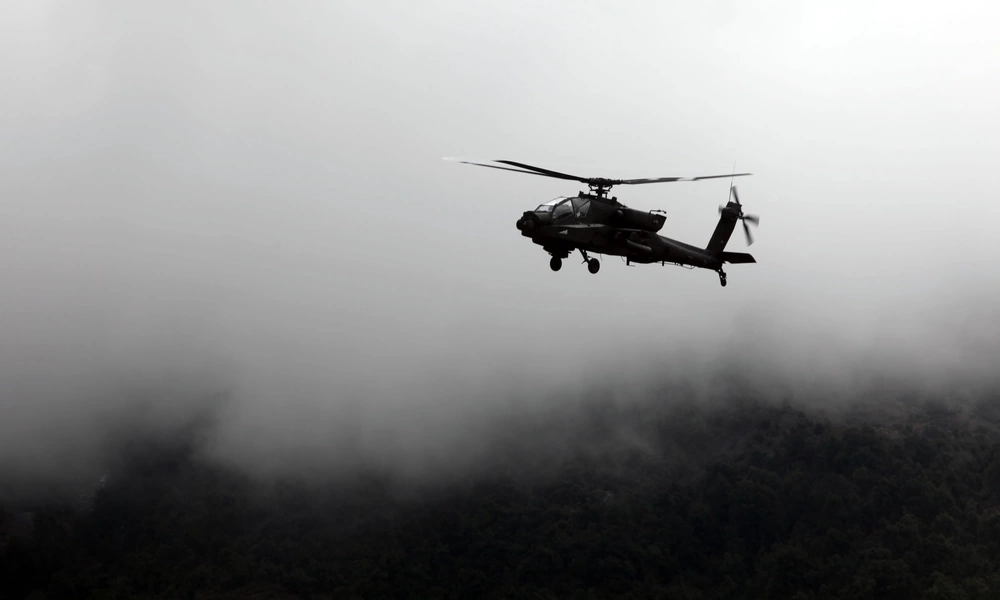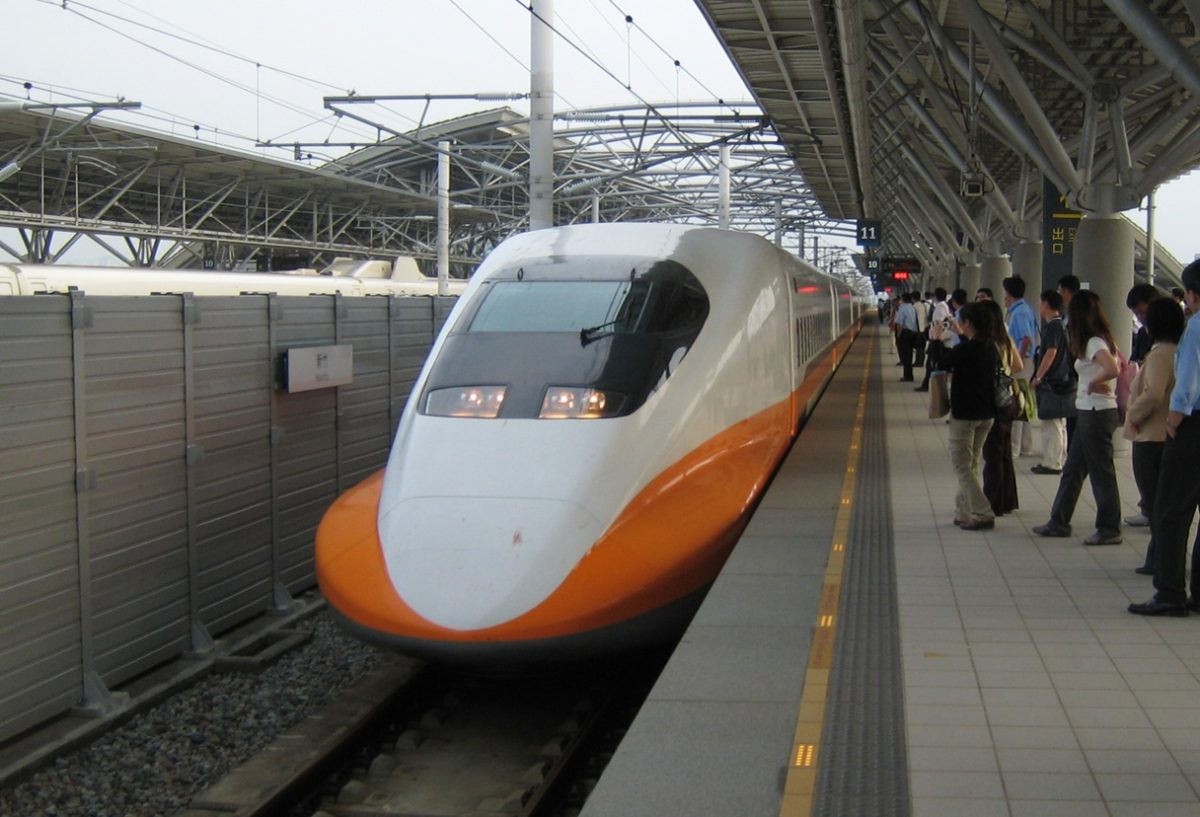A central issue in the second Trump presidency so far has been the deployment of the National Guard. Trump has activated the national guards of 15 US states so far. He has deployed them to six US cities, and threatened to do so in six more. Many people, however, are unaware of the legal justifications and complications behind Trump’s actions.
There are three ways that the National Guard can be deployed. The first is by the governor of a state. Under that form of deployment, the governor is functionally the commander in chief of the state’s National Guard and has complete authority over the Guardsmen’s actions. These kinds of deployments are primarily used to clean up after natural disasters or to maintain order in periods of civil unrest. The second type of deployment is federalization. Under this deployment, the President of the United States gains complete authority over the National Guard as the Guardsmen become functionally U.S. military personnel. These types of deployments commonly occur when a state needs assistance enforcing a law, during national emergencies, or during wartime. The final type of deployment is Dual-Status Command. This is when the state and federal governments collaborate over the Guard’s action. This primarily occurs in responses to large scale disasters like hurricanes which necessitate coordination with both federal agencies like FEMA and state level programs.
Trump has invoked the second method of deployment for the national guard numerous times throughout the United States. These deployments are controversial because the states have not sought assistance from the federal government and there is no active crisis requiring federalization. They have been challenged in numerous court cases. In Portland, a challenge reached the Ninth Circuit Court of Appeals, where the court initially upheld Trump’s deployment as justified because he had authority under title ten of United States Code. However, they have recently paused Trump’s deployments to Portland as the Ninth Circuit Court returned to the case for further review. There are also ongoing challenges to Trump’s deployments in Los Angeles, Washington DC, and Memphis. The federalized National Guard has even been challenged right here in Chicago where the Seventh Circuit Court of Appeals agreed with the ruling of the District Court that Trump’s justifications for federalizing National Guard have not been demonstrated in Chicago, at least at this early stage of the case because there was a lack of credible evidence of a rebellion in the city. In response to these challenges, Trump has called for the Supreme Court to decide the legality of the National Guard deployments. Absent a Supreme Court ruling, no single court can set a nationwide standard, in part because in an earlier case this year, the Supreme Court removed the ability of courts to issue nationwide injunctions.
The results of these cases will be closely followed by the Trump administration and the general public. If Trump receives a favorable Supreme Court ruling, it may embolden him to deploy the National Guard to more states. Whatever happens, the coming weeks will be critical to determining the scope of a president’s authority when it comes to the deployment of national guard troops domestically in cities throughout this country.









